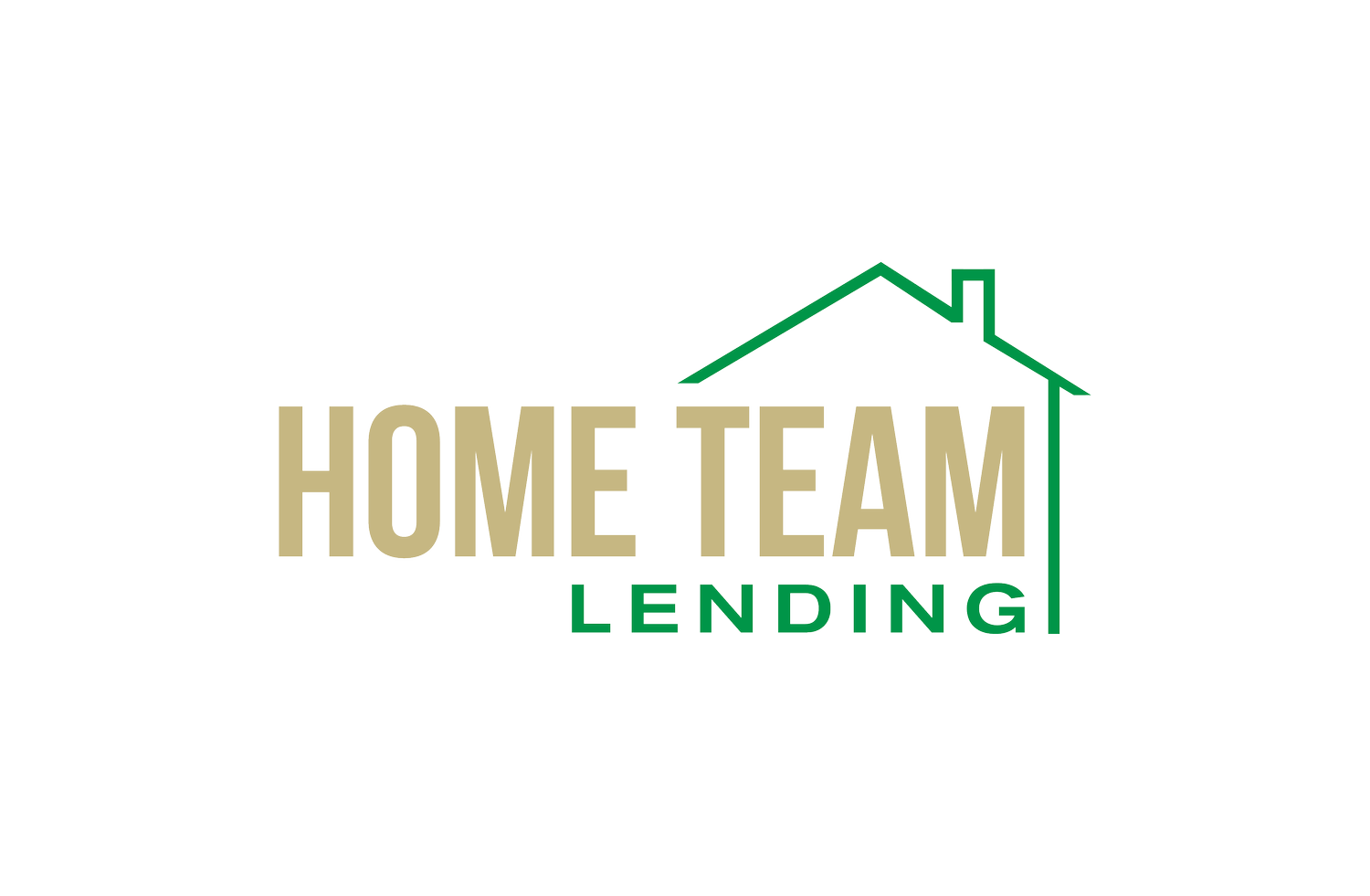FAQs
-
What is the difference between pre-approval and pre-qualification?
The pre-approval process is much more complete than pre-qualification. For pre-qualification, the loan officer asks you a few questions and provides you with a pre-qual letter. Pre-approval includes all the steps of a full approval, except for the appraisal and title search. Pre-approval can put you in a better negotiating position, much like a cash buyer.
-
What is the difference between a mortgage broker and a lender?
A mortgage broker provides guidance on the loan options available from various wholesalers, assists you in completing your application, and typically manages the loan processing. This process includes compiling a comprehensive file of information pertaining to your transaction, such as the credit report, appraisal, and verification of employment and assets. Once the file is complete—though occasionally at an earlier stage—the lender conducts the underwriting process, which entails evaluating whether you represent an acceptable risk.
-
Will I save money going directly to a mortgage lender?
Not necessarily. In fact, if you are a discerning shopper, you may find that working with a mortgage broker yields better results. Mortgage brokers do not introduce any additional costs to the lending process, as they perform essential functions that would otherwise be carried out by the lender's employees. Moreover, because mortgage brokers have access to multiple lenders—typically ranging from 25 to 30, and often more—they can effectively compare and identify the best available terms on any given day. Additionally, they are adept at locating lenders that specialize in various market niches often overlooked by others, such as loans for applicants with poor credit ratings, loans for borrowers who do not intend to occupy the property, and loans with minimal or no down payment.
-
What is a full documented loan?
Both income and assets are disclosed and verified, with income playing a crucial role in assessing the applicant's ability to repay the mortgage. Formal verification necessitates that the borrower's employer confirm employment status and the borrower's bank validate deposits. Alternatively, streamlined documentation allows for the acceptance of copies of the borrower’s original bank statements, W-2 forms, and paycheck stubs, thereby saving time in the verification process.
-
What is a jumbo mortgage?
A mortgage larger than the maximum eligible for conforming purchase by the two Federal agencies, Fannie Mae and Freddie Mac
-
What is a rate lock?
A rate lock is a contractual agreement between the lender and the borrower. It encompasses four key components: the loan program, the interest rate, any associated points, and the duration of the lock.
-
When does it make sense to refinance?
Typically, individuals choose to refinance in order to achieve cost savings, either by securing a lower interest rate or by shortening the term of their loan. Refinancing also presents an opportunity to transition from an adjustable-rate mortgage to a fixed-rate mortgage or to consolidate existing debts.
The decision to refinance can be intricate, as there are various compelling reasons to pursue this option. If your primary objective is to save money, consider the following calculation:
- Determine the total cost associated with the refinance.
- Calculate the anticipated monthly savings.
- Divide the total cost of the refinance (Step 1) by the monthly savings (Step 2).
This result will indicate the "break-even" point; if you remain in your home beyond this period, refinancing could yield financial benefits. Given the complexities involved in refinancing, it is advisable to consult with a mortgage professional for tailored guidance.
-
What is a conforming loan?
A loan that is eligible for acquisition by the two principle federal agences that puchase mortgages, Fannie Mae and Freddie Mac
-
What are points?
It is an upfront cash payment required by the lender as part of the loan fees, expressed as a percentage of the loan amount; for example, “2 points’ indicated a charge equal to 2% of the loan balance
-
What are the other types of loans?
Stated Income/Verified Assets: The borrower discloses their income, and the source of that income is verified, though the specific amount is not. Assets are verified and must meet a specified adequacy standard, such as six months of stated income and two months of anticipated housing expenses.
Stated Income/Stated Assets: Both income and assets are disclosed but not verified; however, the source of the borrower’s income is confirmed.
No Ratio: Income is disclosed and verified but is not utilized in qualifying the borrower. The standard guideline that limits housing expenses to a specified percentage of income is disregarded. Assets are disclosed and verified.
No Income: Income is not disclosed, yet assets are disclosed and verified, meeting an adequacy standard.
Stated Assets or No Asset Verification: Assets are disclosed but not verified; income is disclosed, verified, and used to qualify the applicant.
No Asset: Assets are not disclosed, but income is disclosed, verified, and used to qualify the applicant.
No Income/No Assets: Neither income nor assets are disclosed.
